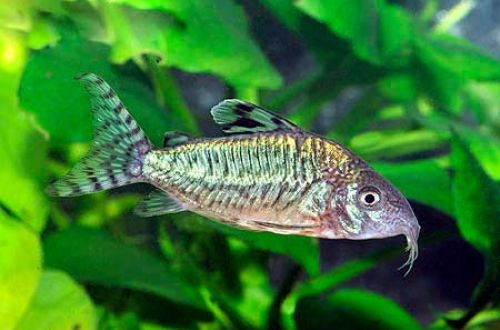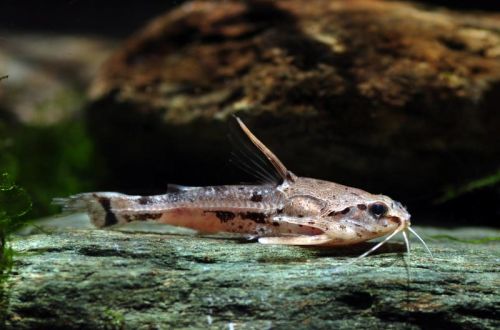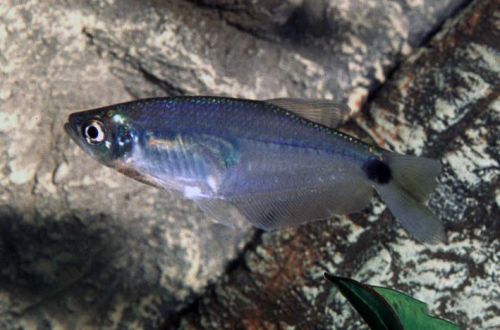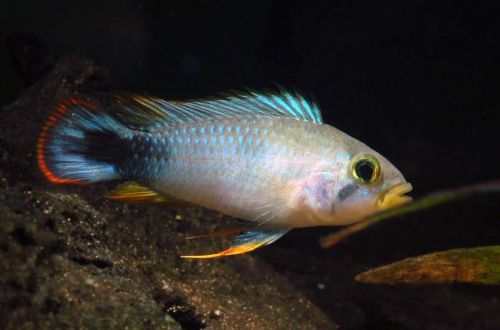
Bolivian corridor
The Bolivian corydoras, scientific name Corydoras geryi, belongs to the family Callichthyidae (Shell catfish). The catfish is native to South America. The natural habitat is limited to the basin of the Mamore River, whose course is the natural border between the northern regions of Bolivia and the western Brazilian state of Rondonia.

Description
Adult individuals reach a length of about 6 cm. Morphological features are identical to the rest of the representatives of the Corydoras genus – this is a short, stocky body covered with rows of bone plates.
The coloration is changeable. As they grow older and depending on the habitat, the body pattern can change from reticulated to solid with barely noticeable dark vertical strokes. At the same time, in addition to silver and gray, emerald shades sometimes predominate in color, from which the fish acquires a greenish color.
Behavior and Compatibility
Peaceful calm fish that prefers to be in the company of relatives. It gets along well with other non-aggressive species of comparable size from among cyprinids, characins, other small catfish, etc.
Brief information:
- The volume of the aquarium – from 50 liters.
- Temperature – 22-26°C
- Value pH — 6.0–8.0
- Water hardness – soft to hard (2-25 dGH)
- Substrate type – any soft
- Lighting – moderate or bright
- Brackish water – no
- Water movement – light or moderate
- The size of the fish is about 6 cm.
- Food – any sinking food
- Temperament – peaceful
- Keeping in a group of 3-4 fish
Maintenance and care, arrangement of the aquarium
The optimal size of the aquarium for a group of 3-4 fish starts from 50-60 liters. The recommended design is a soft substrate, subdued light levels (or shading by floating plants), the presence of places for shelters, combined with open areas on the bottom.
As a bottom dweller who regularly digs in the ground, it is important for long-term keeping to avoid the accumulation of organic waste (dirty substrate) and, if possible, not to use a bottom filter.





